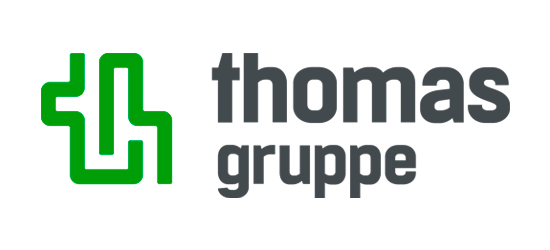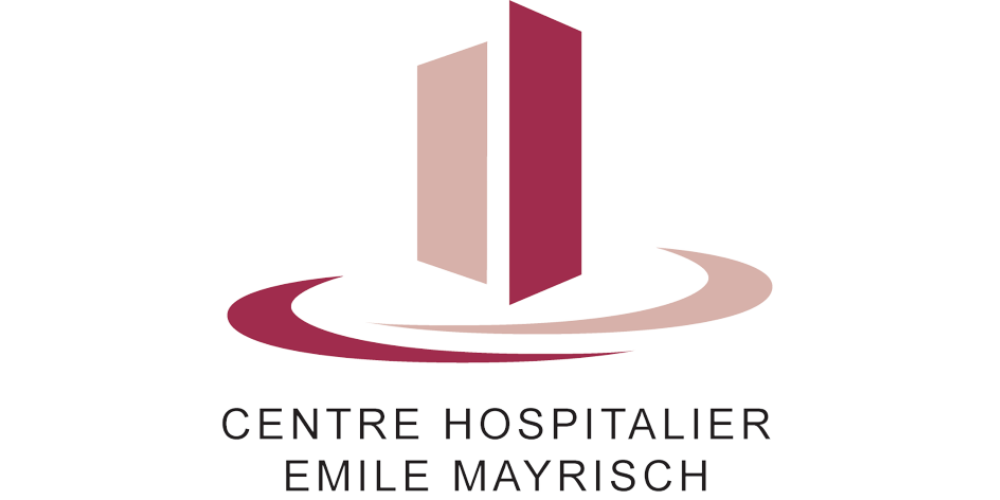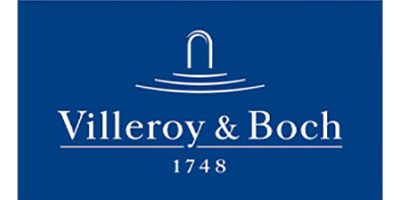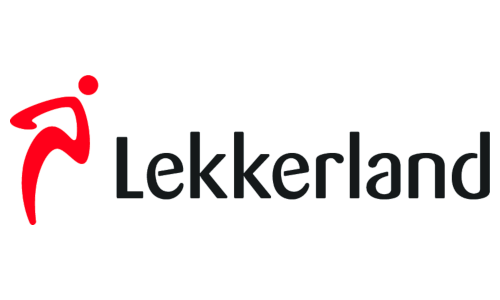SAP S/4HANA integration for increased efficiency and process optimization
Successful introduction at the thomas group
The thomas group: The thomas group, a family-run group of companies in the construction and building materials industry, is represented with over 40 locations in Germany, Poland and Denmark. With the business areas of concrete components, concrete and cement, thomas group focuses on innovation and quality in order to deliver sustainable solutions.
The challenge: Complex SAP S/4HANA integration under high time pressure
The acquisition of a new cement plant in eastern Germany at the beginning of 2023 marked the start of an ambitious project: the SAP S/4HANA landscape was to be set up and the data migrated from an external system within three months. Further milestones were defined for the integration of existing plants and the conversion of entire divisions to S/4:
- Tight time frame: The new plant had to be successfully converted to SAP S/4HANA by April 2023.
- Technical and organizational challenges: Some specialized programming services were required to map the plant-specific processes in the new S/4HANA. At the same time, it had to be ensured that the adjustments were integrated into the existing organizational and process structure of the thomas group, with its various locations and business units.
- New environment: The integration of a previously unknown plant required a deep understanding of the specific customer processes and IT infrastructure.
- Complex data migration: The data from the legacy system had to be extracted and then additionally prepared so that it could be migrated in accordance with SAP standards.
- Blueprint: The SAP S/4 HANA setup for the new plant in eastern Germany was to be designed and implemented beyond the individual requirements on site as a basis for the migration of other locations to SAP S/4 HANA.
The solution: Customized SAP implementation by amotIQ solutions.
amotIQ solutions took on the challenge with a combined strategy of technical excellence and intensive collaboration:
- Establishing a stable SAP S/4HANA infrastructure: the new plant was successfully integrated within three months. Processes such as goods receipt, inventory management, order processing and invoicing were efficiently mapped in SAP.
- Innovative tools for data migration: In-house programs, such as an RPA-supported bot for automatic IBAN generation and a migration tool for harmonizing data sources, facilitated the seamless transfer from the legacy system with high cost efficiency, as the migration could be repeated as often as required after a one-time setup.
- Flexible and agile project management: Close communication with the experienced contacts at thomas group enabled quick decisions and smooth adjustments.
- Best practices and expertise: The long-standing collaboration with thomas group and its expertise in SAP S/4HANA were crucial to meeting the high requirements.
Results: Efficient processes and a solid foundation for the future
- Implementation on schedule: The cement plant in Karsdorf was converted to SAP S/4HANA on time, without any interruptions to operations.
- Highest data quality: The seamless migration ensured that all data complied with SAP standards.
- Increased productivity: The automated processes reduced time-consuming manual tasks and increased efficiency.
- Efficiency through reusability: Thanks to the far-sighted project planning in Karsdorf, an “SAP S/4 HANA” template was established for future implementation at the other thomas group locations, leading to time and cost savings there.
Long-term collaboration and outlook for the future
The successful integration of the new plant was the prelude to a comprehensive S/4 transformation of the thomas group. By 2026, all divisions (cement, ready-mix concrete, concrete components and prefabricated parts), including the respective foreign locations, will be gradually converted to SAP S/4HANA. The thomas group has already commissioned amotIQ solutions for the next phases.
Conclusion: Proven expertise and partnership-based collaboration
The collaboration with thomas group shows how amotIQ solutions successfully implements complex projects through technical expertise, flexible solution approaches and close customer loyalty. It also demonstrates how the combination of SAP and RPA processes makes set-up and migration processes more efficient and saves time. Thanks to the trusting partnership and joint expertise, amotIQ solutions remains the preferred partner for the digital transformation of the thomas group.






